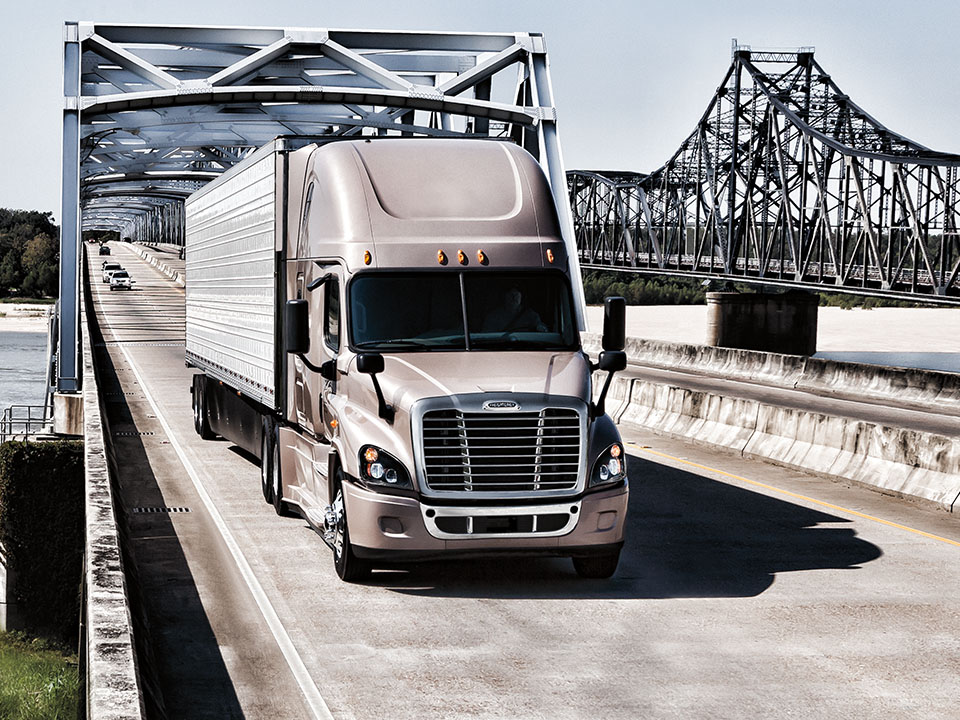There are few things that everyone in an industry agrees upon; however, it would be hard to find people in our industry who don’t consider fixing the U.S. infrastructure as high up on the wish list of things that need to be accomplished.
That’s why I look at the American Society of Civil Engineers’ (ASCE) Infrastructure Report Card when it comes out, which occurs every four years. This is especially important when a new Administration comes into office. Just recently, we all saw what happened in Texas when the electric grid failed due to the cold weather and lack of winterization. What I always focus on when reviewing this important “report card” are our nation’s roads and bridges. Although other aspects of our infrastructure certainly are important, the fact is our delivery is most impacted by slowdowns and vehicle damage caused by road and bridge imperfections and/or repairs.
So, what are our grades for our roads in 2021?
The good news…we’ve made some progress. But the reality is best stated from the report itself, “Deteriorating US infrastructure is impeding our ability to compete in the thriving global economy, and improvements are necessary to ensure our country is built for the future…reversing the trajectory after decades of underinvestment in our infrastructure requires transformative action from Congress, states, infrastructure owners, and the American people.”
The ASCE gives U.S. roads a grade of “D” which is obviously considered Poor. That’s extremely unsettling when you consider that in the U.S., there are over four million miles of public roadways. The one bright spot is the condition of our interstate highways is considered to be in relatively good condition, but that is not true once we take that off-ramp onto the non-interstate system. These roads were not built to handle the volume of traffic nor the weight of an 80,000 pound, fully loaded truck. The volume alone is striking. According to the report, “vehicle miles reached more than 3.2 trillion in 2019, an 18% increase from 2000. As far as the trucking industry, the report notes that nearly $17 trillion of the nation’s goods move on our highways.
Then there is the cost due to damages or slowdowns. That cost, according to the ASCE, is $130 billion in additional operating costs and repairs. A 2019 article on Construction.com cited a report that noted traffic congestion on major highways created $74 billion in additional operational costs for the trucking industry. Trucks were also struck in traffic for approximately 1.2 billion hours.” This report was from 2016, nearly five years ago and our roads are just either still as bad as before…or worse.
How to fix the problem.
Simply filling potholes and making emergency repairs is not a permanent solution. What it takes is money…and lots of it. Right now, just to keep traffic moving, there is a need for $435 billion to repair existing roads. That doesn’t even include the cost to repair bridges; another $125 billion. Repairs need to be made with long-term goals, using better materials that will last longer. Construction and repair should also consider changes in climate that could add $19 billion in needed repairs each year by 2040; materials made to mitigate these effects. In addition, ongoing maintenance is vital; making repairs as soon as damage is detected, not waiting months, thereby adding to the problem.
The report makes clear that traffic will continue to increase…and that’s a good thing for the economy. However, if we continue to pay scant attention to the condition of our roads, we will all pay a heavy price, much heavier than the cost of doing the right thing…right now.
Read the full report to see what changes need to be made.





